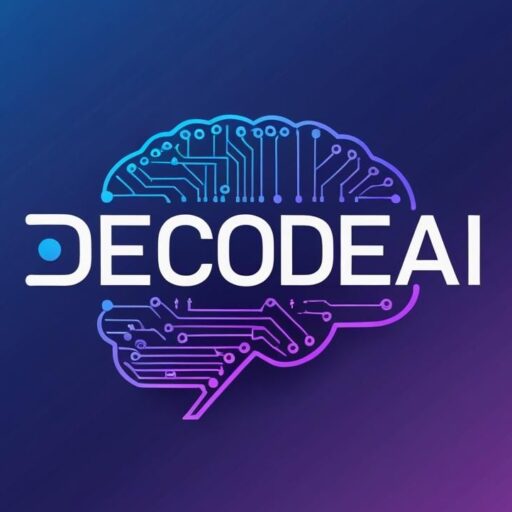Contents
How Machine Learning Works (With Simple Examples)
Introduction
Machine learning is a branch of Artificial Intelligence (AI) that enables computers to learn from data and improve over time without being explicitly programmed. If you’re new to this concept, don’t worry — this guide breaks down how machine learning works using simple language and easy examples.
What is Machine Learning?
Machine learning (ML) is the process by which computers analyze data, recognize patterns, and make decisions with minimal human intervention. The goal is for the system to “learn” and become better at a task with experience.
Types of Machine Learning
- Supervised Learning: The model is trained using labeled data. Example: Spam or not spam email classification.
- Unsupervised Learning: The model finds patterns in data without labels. Example: Grouping customers based on purchasing behavior.
- Reinforcement Learning: The model learns by trial and error, receiving rewards or penalties. Example: Teaching a robot to walk.
How Machine Learning Works – Step-by-Step
- Data Collection: Gather relevant data (e.g., customer purchases, weather reports).
- Data Preparation: Clean and organize the data into usable formats.
- Model Selection: Choose a machine learning algorithm (like decision tree, neural network, etc.).
- Training: Feed the model with training data to learn from it.
- Testing: Test the model on new data to check its accuracy.
- Prediction: Use the trained model to make predictions or decisions.
Simple Example of Machine Learning
Let’s say you want to teach a computer to recognize apples and oranges. You provide a dataset with fruit images labeled “apple” or “orange.” The model analyzes features like color, shape, and size. Over time, it learns to predict whether a new image is an apple or an orange — even if it hasn’t seen that exact image before.
Real-World Applications
- Netflix recommends shows based on your viewing history.
- Google translates languages using ML algorithms.
- Self-driving cars recognize traffic signs using image recognition.
- Medical diagnosis tools detect diseases from scans.
Conclusion
Machine learning is shaping the future of technology and everyday life. By learning how it works through simple examples, you’ve taken the first step into understanding a powerful field. Keep exploring, experimenting, and learning more about how machines can truly think.



